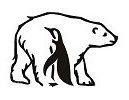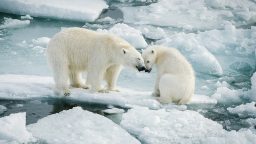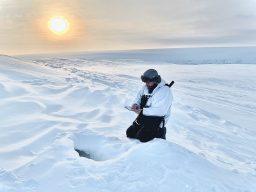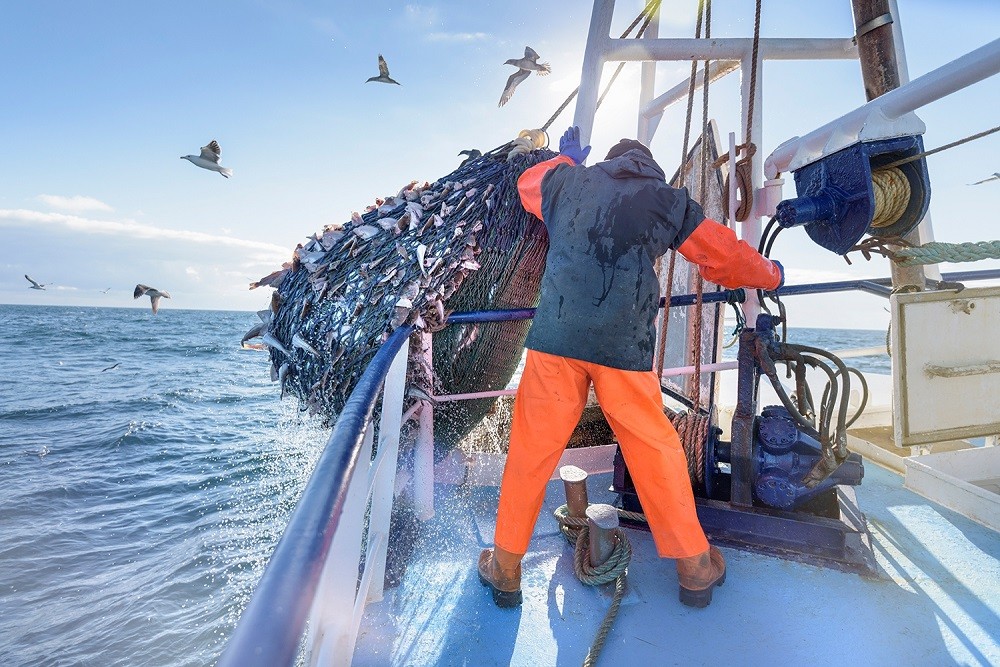
Fishing in the Arctic zone of the Russian Federation
The rational development of marine aquatic biological resources is an obligatory and necessary condition for the preservation and provision of economic and food security in Russia. An important area is the reliable provision of food, the development of agro-industrial and fisheries complexes, as well as rapid response to threats to the stability of the food market.
The problem of climate warming and, as a result, the projected shift of WBR reserves to colder waters is becoming acute. The Arctic marine environment is the habitat of many unique species of animals. Among them, the most rare are the polar bear, narwhal, walrus, seals, seals and beluga whales. More than 150 species of fish inhabit Arctic and subarctic waters.
The fisheries complex of the Arctic zone provides up to 15% of the catch of aquatic biological resources and fish products produced in the Russian Federation. Arctic marine living resources include such species as saika and capelin. They have a circumpolar distribution in the Arctic Ocean and adjacent seas and form poorly isolated populations and herds in a number of marine areas.
The use of capelin and saika resources by fishing is carried out only in the Barents, Greenland, northern Norwegian Seas and in the waters of the Svalbard archipelago. In rare years, fishing is possible in the Kara and White Seas.
The annual catch of these objects is determined both by the state of reserves, oceanological conditions, and market demand. The total catch by all countries of these Arctic species reached up to 2 million tons per year. Currently, their production does not exceed 300-450 thousand tons, and in some years — no more than 150 thousand tons.
Other fishing objects in the Arctic zone of Russia are cod, haddock, herring, whiting, mackerel, black halibut, perch and other species. Their importance in commercial fishing is great, and the catch by all countries can reach up to 3-3.5 million tons per year.
Russian fishing is carried out on the basis of the total allowable catches (ODAS) established by national scientific institutes in the 200-mile exclusive economic zone of Russia. These ODES are taken with a precautionary approach, and their fishing is carried out with traditional fishing gear: trawls, longlines, seines and other fishing gear.
The state of Arctic ecosystems
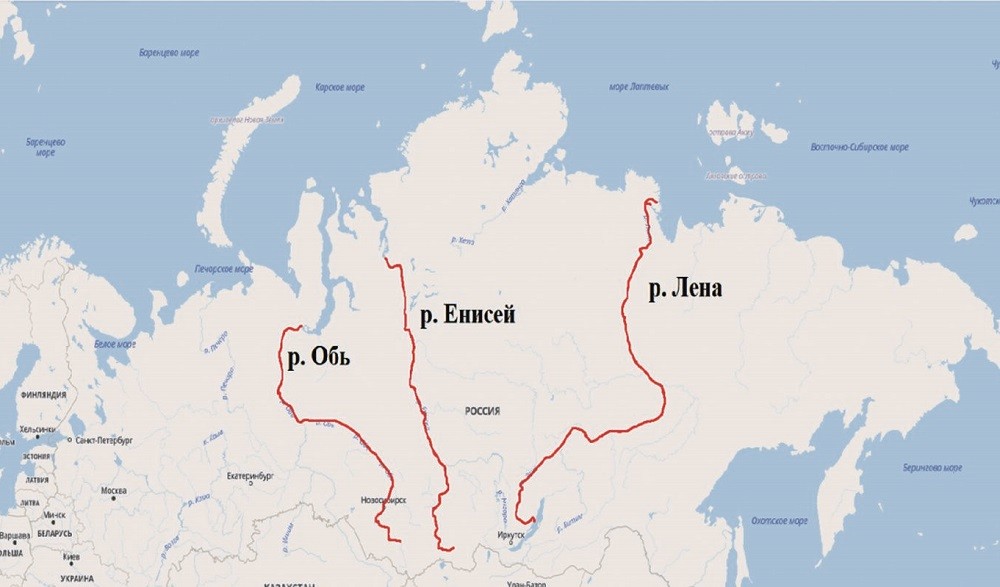
Considering the issue of the current ecological and climatic state, it is worth mentioning that the Arctic belongs to the most vulnerable regions of the world. The rapid melting of the ice can lead to the fact that by the end of the century polar bears will be in a very difficult situation, and most of the animals may die. On the other hand, a significant area of the water surface will be formed, in which valuable species of commercial fish will live.
In particular, the central part of the Arctic Ocean is now clearly defined, located outside the exclusive economic zones of five Arctic states: Russia, the USA, Canada, Norway and Denmark (Greenland). The area of this area is approximately 2.8 million square kilometers, which is equal to the area of the Mediterranean Sea.
Ten years ago, the cod fishery almost ended at 78 degrees north latitude. But over the past few years, its border has moved far beyond Svalbard. For example, in recent years, in August, cod, halibut and capelin are distributed up to 82 degrees north latitude, possibly further north.
When developing the natural resources of the Arctic, a contradictory situation is emerging: on the one hand, it is necessary to significantly increase the pace of mineral extraction, on the other — this is a region of special strategic interests of the state. Therefore, it is difficult to combine the development and rational use of natural resources, control over the safety of polar regions and global ecological balance.
It is not possible to separate the issues of the development of the seas and northern rivers. For many valuable fish species, both rivers and seas are necessary during their lifetime. The Yenisei and Ob Rivers are at special risk today. New ports for the output of liquefied gas and oil are being built, and the extractive industry is actively developing.
Thus, the water loses its former quality, becomes noticeably turbid, vibrations occur, areas of approach to river mouths are blocked: whitefish change spawning areas — the population is divided, spawning collapses. The fish is under physiological stress. The long-term consequences are alarming.
There are various solutions to prevent the loss of fish populations. One of them is artificial fish farming and aquaculture. In the Arctic regions, there are favorable natural conditions for breeding freshwater and marine fish species that are in demand on the market.
By breeding fish, you can get several products at once. Firstly, it is a fry that will go to natural reservoirs for reproduction. Secondly, commercial fish is a full-fledged commodity product with high added value. But the ecosystem of many Arctic reservoirs is fragile and can be destroyed by the uncontrolled growth of the aquaculture population.
By Ridiger A.V.
More amazing facts about the Arctic can be read here.
